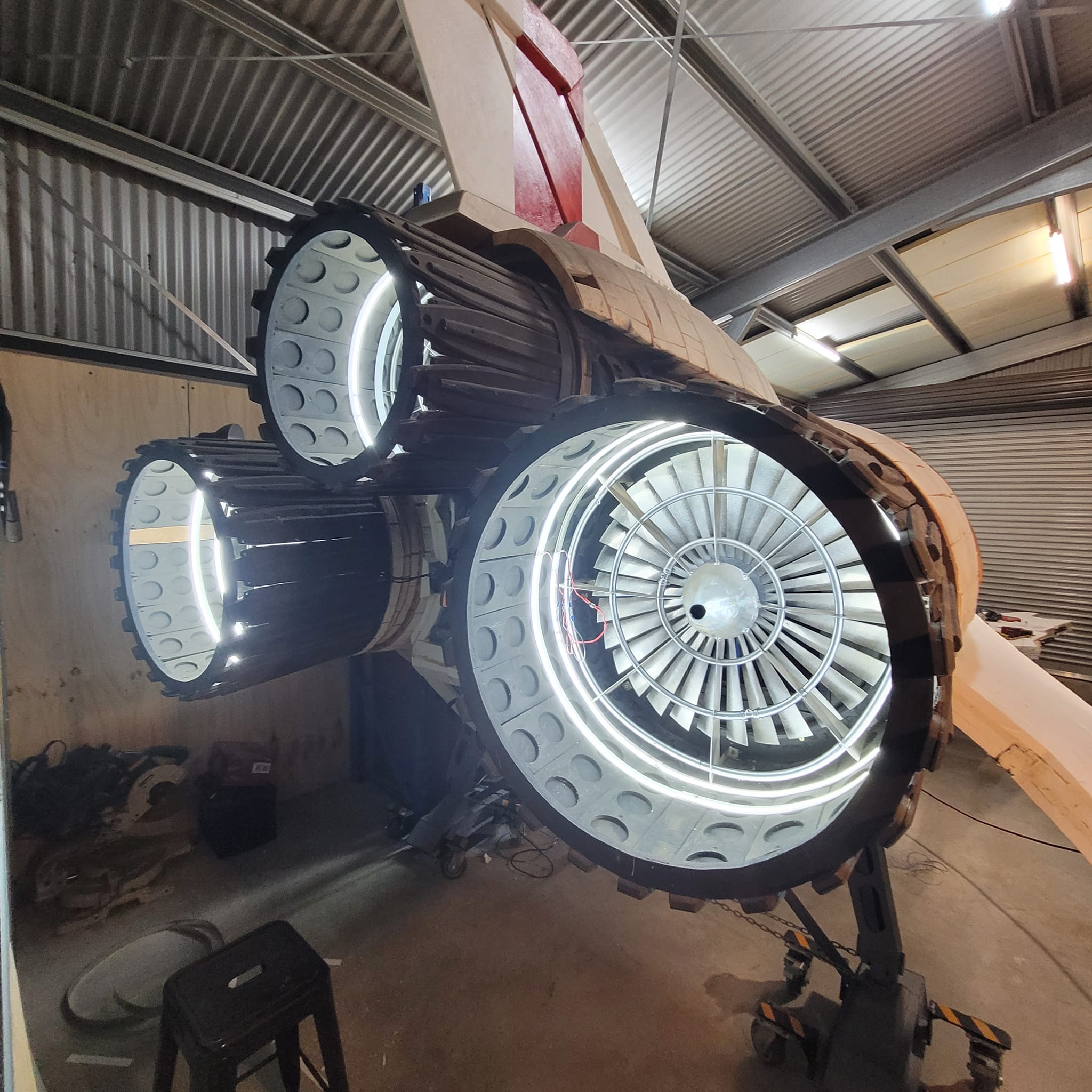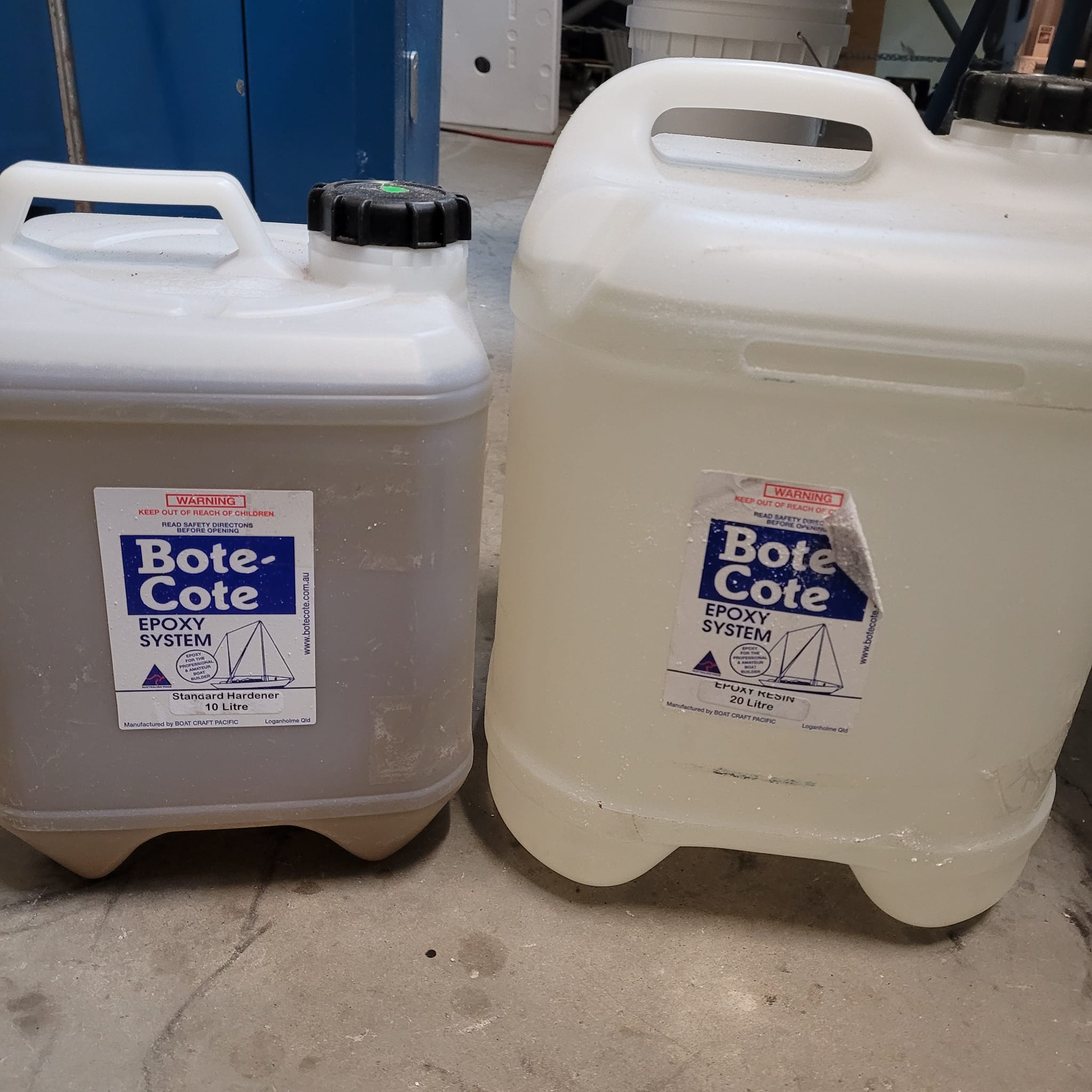binarysunset
Well-Known Member
Brilliant work mate! Inspiring as always!!

 www.buildsbybaz.com
www.buildsbybaz.com

 www.buildsbybaz.com
www.buildsbybaz.com
Thank you so much for following along, commenting and encouraging. I do so enjoy talkng to people about creativity!Wow, it looks more amazing every time!!
I think all makers should complete at least one, large scale build.I've done a few passion project largeish builds, but this is so amazing. So jealous!!

 www.buildsbybaz.com
www.buildsbybaz.com

 www.facebook.com
www.facebook.com
you should dust/lightly spray some orange/red fluorescent paint onto the rear blades / inside the nozzle and then have a strip of UV LEDs that fade up to make them glow red hot.
Do you have a link to this magical stuff that I can purchase and test?you should dust/lightly spray some orange/red fluorescent paint onto the rear blades / inside the nozzle and then have a strip of UV LEDs that fade up to make them glow red hot.
Would want it to be light enough dusting/coverage though that it isn't super visible when they aren't on though
Not sure what the options are where you are, but looking for something like "invisible UV paint" in orange or red.Do you have a link to this magical stuff that I can purchase and test?
